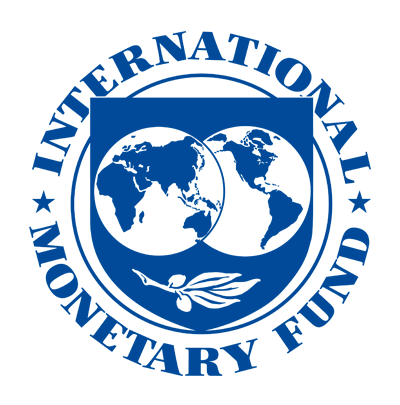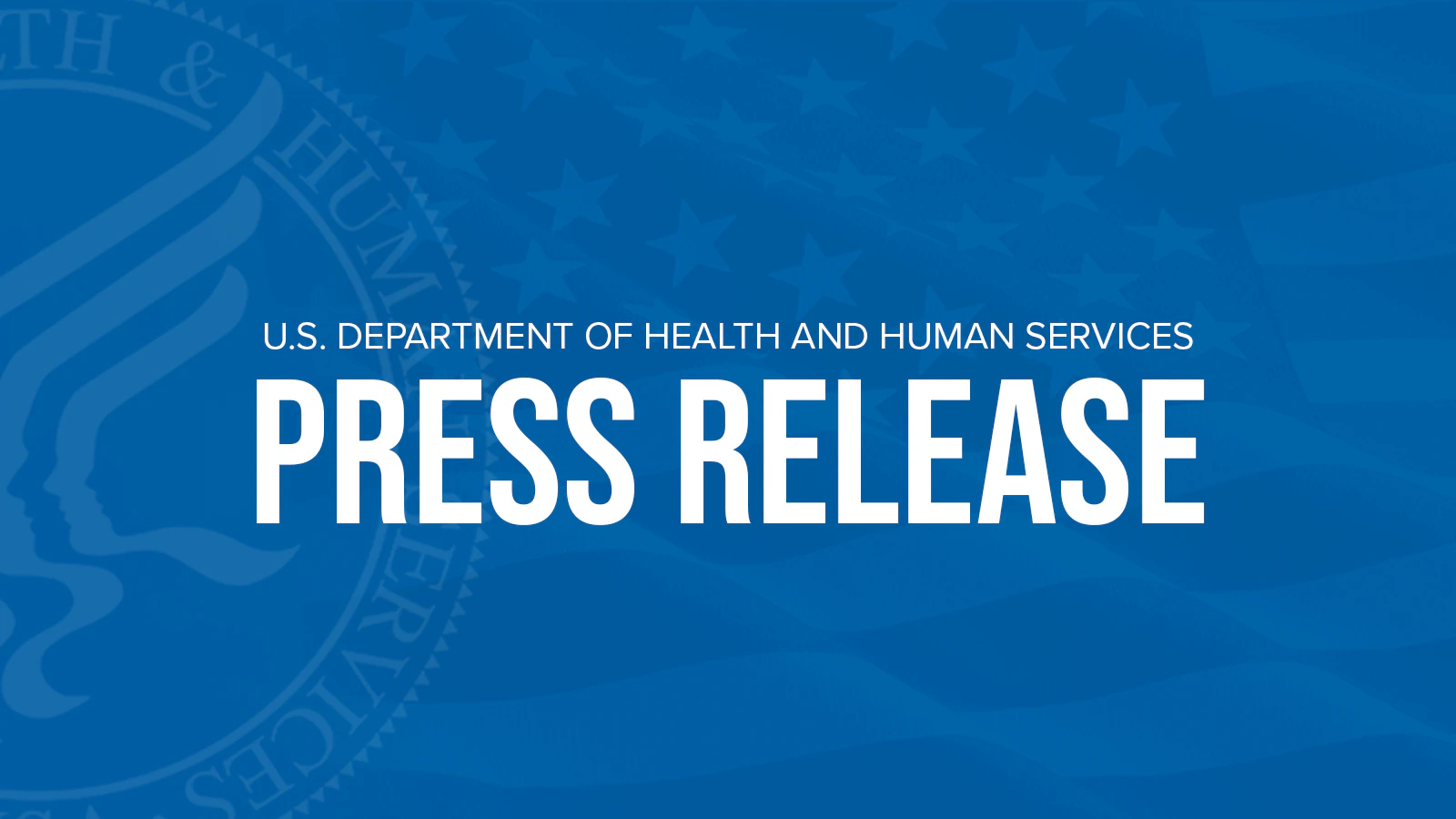Definition 1. A co-transition event is a transition event in the system where two or more components change simultaneously. That is, a reaction where the step size d has more than one vector component.
An example would be a conversion event, where a chemical species converts to another chemical species
According to our framework, an arrow would be drawn from to in the network if the above reaction was part of the system. Another example would be two molecules , that bind to form a complex
If the above reaction was part of the system, an arrow would be drawn from to , from to , and from both , to .
In order to derive Equation 2, we need to assume that no components in are part of a co-transition event with any variable in . We thus begin by proving the following lemma.
Lemma 1. Let Zk be a component that is not affected by X or Y. For any network of the class in Appendix 1—figure 21B (Equations 4.3; 4.4), there exists another network with the exact same dynamics in X, Y, and Zk, but where no components in are part of a co-transition event with any component in .
Proof of Lemma 1. Let the following co-transition reaction be part of the system, where are variables in and are variables in
(5.1)
By definition of and , the reaction rate in the above reaction cannot depend on the variables . However, because a is part of , the variables must be affected by X or Y. Therefore, there must exist one or more reactions, labeled with , in the system, that change a with reaction rates that depend on the variables affected by X or Y
(5.2)
Note that the above reactions cannot make changes to b; otherwise, the variables would not be in the variables not affected by X or Y. We now consider an exact copy of the whole system z and the system reactions, with the change that the a variables are decomposed into two sets of mock variables. Specifically, we define the variables and that undergo the following reactions
which correspond to the reactions in Equations 5.1; 5.2. We replace all the explicit a dependencies in the reaction rates of the system with . As a result, all the reactions that depended on a are unchanged, but now we can put the variables in , and we can put the variables in . We are left with a system where the are not part of a co-transition event with variables in , and the dynamics of X and Y remain unchanged. Moreover, none of the reaction rates that govern the dynamics of any component in the original have been altered, meaning the dynamics of Zk remain unchanged. Such a decomposition can be done for any co-transition reaction that involves components from and .
We now let correspond to another component of interest in the system, as a continuous-time Markov process. It can be any stochastic process that can be measured, like the abundance of a molecular species in the network, the size of the cell, or any parameter that can influence the reaction rates of the system.
Theorem 1. Let be a component in . If the averages , and the covariances , over the ensemble have reached a stationary state (i.e. they have become constant over time), then .
Proof of Theorem 1. We condition on the components not affected by X or Y, . This corresponds to a hypothetical system where all the variables in become deterministic time-varying signals . The reactions governing X and Y in the conditional system become
(5.3)
where and now have an explicit time dependence from the conditioned history . We let be the set of all integers k such that the k-th reaction in Equation 4.1 leads to a change in at least one of the components in . In the conditional probability space, the components affected in follow the following reactions
(5.4)
where now has an explicit time dependence from the conditioned history of the variables not affected by X or Y. Note that if some components in were part of a co-transition event with components in , then Equations 5.3; 5.4 would not hold. This is because conditioning on the history of those extrinsic variables effectively conditions on those birth events in that are caused by those co-transitions. However, from Lemma 1, we can always work with another network in which there are no such co-transition events, and where the dynamics of X and Y remain unchanged.
This conditional system follows the following master equation
We consider the averages of X and Y conditioned on the upstream history, and , where and are the X and Y abundances at time t. From the above master equation, the time-evolution for these first moments can be derived (Joly-Smith et al., 2021; Hilfinger and Paulsson, 2011)
(5.5)
where and are the average production and degradation rates conditioned on the history of the variables not affected by X or Y. Note that , because the time trajectory of is set through the conditioning on the upstream history. We can then take the expectation of over all possible histories of to get
(5.6)
which follows from the law of total expectation. We now let correspond to any component in the network that is not affected by X or Y. It can be a molecular abundance, concentration, or another stochastic cellular variable like the growth rate of the cell. It follows that
(5.7)
where the second step comes from the fact that conditioning on the history of effectively also conditions on the history of with (so x and are independent when conditioning on the history), the last step follows from the law of total expectation, and is the measured amount of at time t. From Equations 5.6; 5.7, it follows that
(5.8)
where , where the last step comes from the fact that the time trajectory of is set through the conditioning of the upstream histories. Intuitively, Equation 5.8 says that when X does not affect , the stochastic fluctuations of X average out when taking the covariance between X and . Strikingly, this is independent of any type of feedback that X may impose through interactions in the cloud of components . As a result, the same should hold for Y, and since is governed by the same differential equation as , the intrinsic fluctuations that differentiate X and Y will average out when taking the covariances with .
That is, dividing the right equation in Equation 5.5 with α, we write the general solution for and , and find
(5.9)
(5.10)
Taking the average over all histories and subtracting the equations we have
(5.11)
where in the second step we used Equation 5.6 which also holds for by symmetry. We now invoke the requirement that the averages and are stationary, meaning they are constant over time. In that case, is constant over time, and so
(5.12)
Substituting Equation 5.11, we thus have
(5.13)
Now, we must have when . Therefore, the right-hand side of Equation 5.13 becomes 0:
(5.14)
Similarly, we now multiply Equations 5.10; 5.9 with , average over all histories, and subtract to obtain
(5.15)
where in the second step we used Equation 5.7 which also holds for y by symmetry. The last step follows when and have reached stationarity and are constant over time, along with .
It then follows from Equations 5.14; 5.15 that
(5.16)
Dividing by , and by , we find .
If the reporter Y is engineered to be passive (i.e., it does not affect components in the network), then a violation of Equation 2 would imply that X affects . Otherwise, such a violation would imply that X or Y affect .
Thus far, we assumed that all the components not affected by X or Y are part of a continuous-time Markov chain. This was in order to make a rigorous definition of causal interaction in our framework as a path in the topology of the transition rates. Alternatively, if we relax the requirement that the components not affected by X or Y be Markov chains (i.e. they can be a set of arbitrary stochastic processes), we can operationally define ‘no causal interaction from X or Y’ to mean that we can condition on the history of those stochastic processes and write down Equations 5.3; 5.4. We can then operationally define any violation of Equation 2 as a ‘causal interaction from X or Y’ to a stochastic process .




